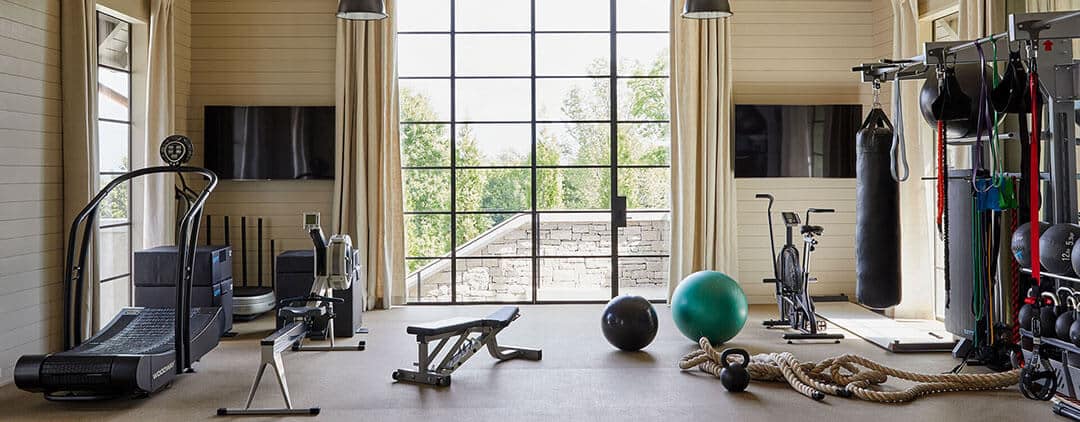The abdominal muscles, often referred to collectively as the “abs,” consist of four major muscle groups: the rectus abdominis, external obliques, internal obliques, and transverse abdominis. Each group plays a crucial role in core stability, posture, and various bodily functions. Developing these muscles requires a combination of strength training, targeted exercises, and a healthy diet.
Role of Dumbbells in Abs Workouts
Dumbbells can indeed play a significant role in building abs when incorporated into exercises that engage the core. Here are a few examples:
- Russian Twists: Holding a dumbbell with both hands, twist your torso side to side, engaging the obliques.
- Dumbbell Woodchoppers: Swinging a dumbbell diagonally across your body, starting from below and moving upward, targets both the obliques and rectus abdominis.
- Dumbbell Pullovers: While primarily a chest exercise, dumbbell pullovers can also engage the lower abs and obliques when performed correctly.
These exercises not only work the abs but also involve other muscle groups, providing a more comprehensive workout.
Complementary Exercises and Diet
For optimal abs development, it’s essential to combine dumbbell exercises with other activities and dietary habits:
- Cardiovascular Exercises: Activities like running, cycling, or swimming can help reduce body fat percentage, making your abs more visible.
- Isolation Exercises: Targeted exercises like crunches, leg raises, and planks can further enhance abdominal muscle definition.
- Healthy Diet: Consuming a balanced diet rich in protein, whole grains, and vegetables supports muscle recovery and overall health, aiding in fat loss and muscle development.
In conclusion, while dumbbells can certainly contribute to building abs when used in specific exercises, they should be part of a broader fitness and diet plan that includes a variety of activities targeting the core. By combining dumbbell workouts with other exercises and maintaining a healthy lifestyle, you can effectively strengthen and tone your abdominal muscles.

